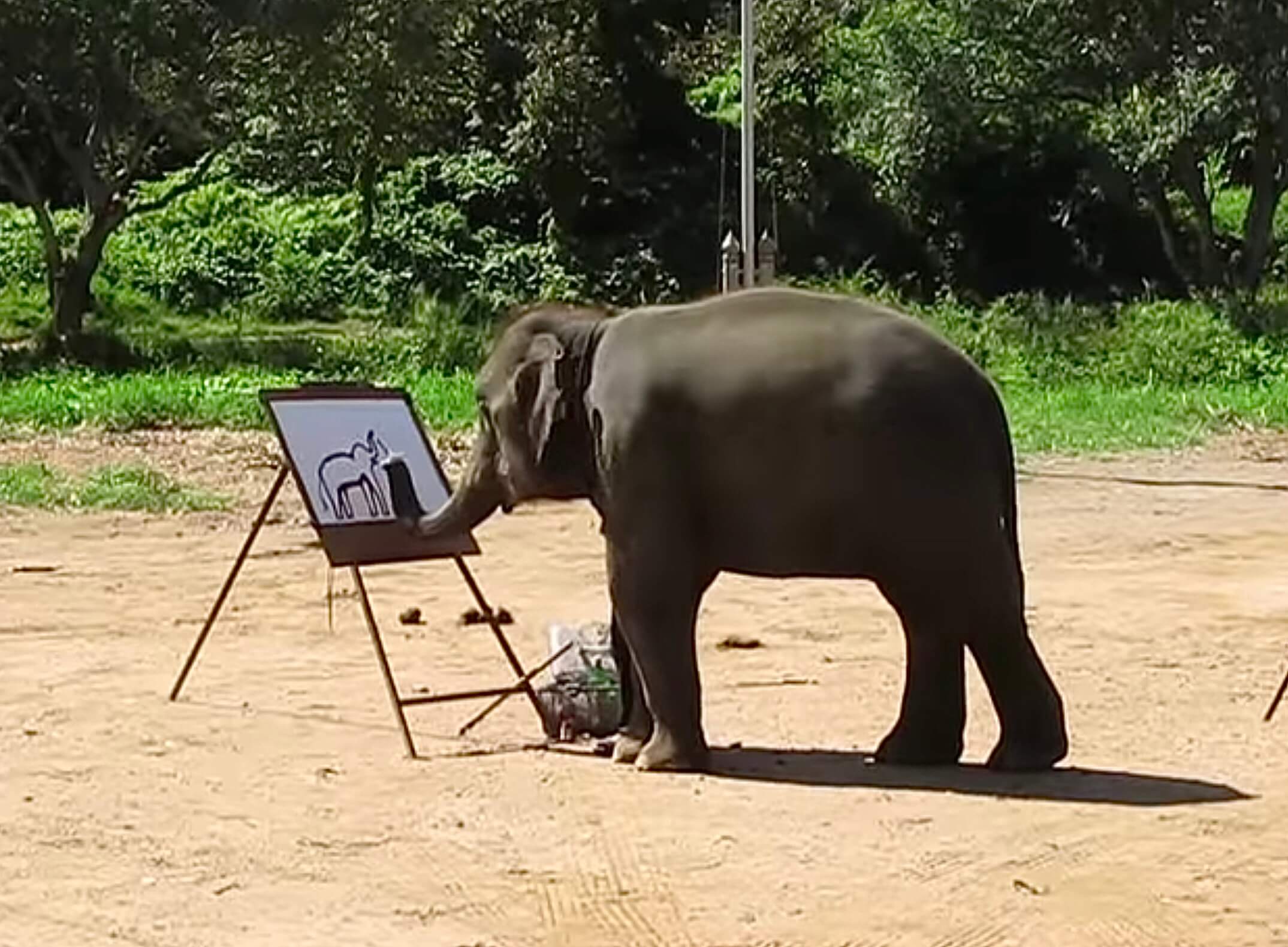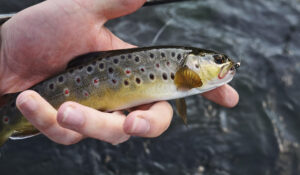Elephants are often admired for their intelligence, social behavior, and emotional depth, but in recent years, they’ve also gained attention for their surprising ability to paint. The phenomenon of elephants creating art has intrigued animal lovers, conservationists, and art enthusiasts alike. From their dexterous trunks to their surprising grasp of abstract expression, these artistic elephants have sparked debates about animal intelligence, creativity, and the ethical implications of using elephants as artists.
The Origin of Elephant Painting
The idea of elephants painting started as part of training programs in elephant sanctuaries and conservation efforts, particularly in countries like Thailand. Initially, the practice was intended as a form of mental stimulation and enrichment for the elephants, which are highly intelligent animals. Trainers, known as mahouts, would guide the elephants in handling a paintbrush with their trunk. Over time, it was discovered that elephants not only learned how to hold the brush but began producing works that resembled abstract art.
One of the most famous elephant painters is an Asian elephant named Suda, from an elephant sanctuary in Thailand. Suda became a sensation for her ability to paint pictures that displayed an almost human-like understanding of form and color. Her artwork, which has been sold to collectors worldwide, includes vibrant flowers, trees, and abstract designs.
How Elephants Paint
Elephants use their trunks to grasp a paintbrush, often guided by their mahouts, who provide basic direction. At first, they are trained to make simple strokes, learning to move the brush in patterns on the canvas. Over time, some elephants, like Suda, seem to develop an intuitive sense of rhythm and composition, creating more intricate designs.
The elephant’s trunk is a marvel of nature. It contains over 40,000 muscles, compared to the human body’s 600, giving it a level of precision and control that allows the elephant to perform complex tasks. This incredible dexterity allows elephants to manipulate a paintbrush with surprising accuracy, creating strokes, lines, and shapes that can resemble modern abstract art.
While mahouts provide initial guidance, the level of control an elephant has over the final product varies. In some cases, elephants have been trained to paint specific shapes or patterns, while in others, they seem to have more freedom in deciding the strokes they make on the canvas.
Are Elephants Truly Artists?
The question of whether elephants can be considered true artists is a topic of debate. Some argue that elephant painting is merely a trained behavior and that the animals are not creating art with intention or creativity. They point out that the elephants are guided by their trainers and are not aware of the significance of what they are painting.
However, others believe that elephants, being highly intelligent creatures, may indeed have a sense of creativity and self-expression. Elephants are known for their emotional complexity and cognitive abilities, which include problem-solving, memory, and even self-awareness. This cognitive capacity, combined with their natural playfulness and curiosity, suggests that their painting may not be entirely mechanical. Some researchers posit that, like humans, elephants may find pleasure in the act of creation itself, making their artwork a form of self-expression.
One particularly intriguing case involved an elephant named Ruby, who lived at the Phoenix Zoo in Arizona. Ruby was known for her abstract paintings, which she would create without human direction. She would carefully select her colors and apply the paint to the canvas in ways that fascinated her caretakers. Her work became so popular that it was displayed in galleries and sold to collectors, raising funds for elephant conservation efforts.
Ethical Considerations
While the idea of elephants creating art is charming, it also raises ethical questions. Some critics argue that training elephants to paint can be exploitative, especially if the animals are not treated with respect and care. In some cases, elephant painting has been commercialized, with tourists paying to watch elephants create art. This raises concerns about whether the elephants are being used primarily for entertainment, rather than for their well-being.
However, many reputable elephant sanctuaries defend the practice as a form of mental stimulation for the elephants, especially those that have been rescued from abusive environments. These sanctuaries emphasize that the painting sessions are voluntary and that the elephants enjoy the process. Additionally, funds raised from selling elephant artwork often go toward conservation efforts and improving the lives of elephants.
It’s crucial to ensure that elephant painting is done in environments where the animals’ welfare is the top priority. Ethical programs should prioritize the elephants’ physical and mental health, ensuring that the activity is enriching rather than harmful.
The Impact of Elephant Art
Elephant art has had a positive impact in several ways, particularly in raising awareness about elephant conservation. The sale of elephant paintings has helped fund rescue operations, habitat preservation, and anti-poaching initiatives. It has also drawn attention to the intelligence and emotional depth of elephants, inspiring a deeper appreciation for these remarkable animals.
Furthermore, elephant art provides an emotional connection between people and wildlife. When people see a painting created by an elephant, they often feel a sense of wonder at the animal’s abilities, which can translate into greater support for conservation efforts.
Conclusion
The story of elephants who paint is a testament to the intelligence, adaptability, and charm of these magnificent creatures. Whether or not elephants can be considered true artists is still up for debate, but what is undeniable is the impact their artwork has had on conservation and public awareness. As long as the welfare of the animals is prioritized, elephant painting can be a way to both enrich their lives and bring attention to the need for their protection.
From their extraordinary trunks to their beautiful creations, painting elephants like Suda and Ruby remind us that animals possess abilities beyond our expectations, inspiring us to view the natural world with greater awe and responsibility.





